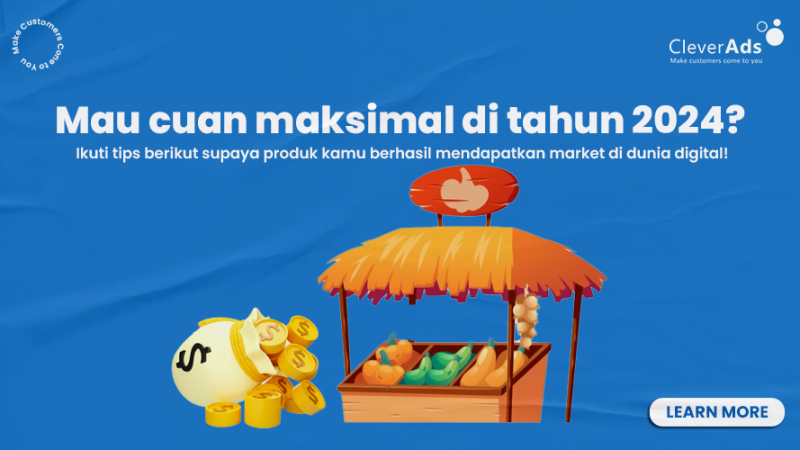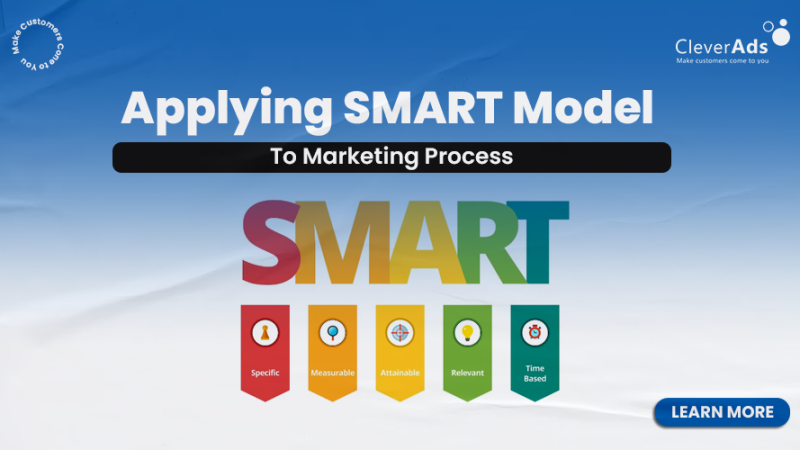What is consumer behavior? A detailed guide for beginners

Large corporations like Apple or Ford spend billions of dollars on consumer behavior research every year. Yet, understanding buying behavior and motivation is the golden key to opening the door to consumers. So what is consumer behavior? Why is it so important? Let’s find out with CleverAds right here.
1. What is consumer behavior?
In general, diners won’t choose the most expensive dish on the menu, but they will order the second most expensive.
To make someone crave something, just make it difficult.
What is behind the seemingly illogical choices that are true? It is consumer behavior!
Consumer behavior is a series of actions and decisions of people who buy goods and services for personal consumption.
These behaviors are often relatively complex and require thorough research to understand the real motivations of consumers. This vital information will help develop and promote products suitable for consumers.
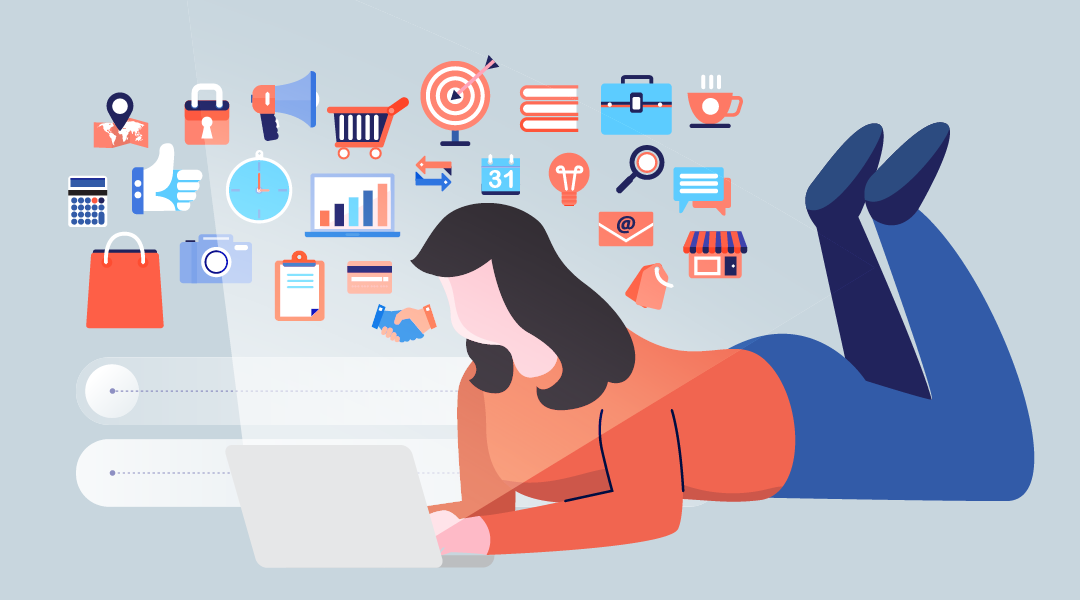
2. Why study consumer behavior?
By studying behavior, businesses will predict consumer actions to have appropriate advertising campaigns.
For example, when customers buy an item for a lifestyle item, they decide whether they are in the majority or the minority. Therefore, fashion brands will use a scarcity sales strategy to give users a sense of luxury and uniqueness. Consequently, you need to understand consumer behavior and spend a lot of money on advertising to achieve the desired revenue.
3. Factors affecting consumer behavior
3.1. Cultural factors
Cultural factors are fundamental values, ideas, and desires passed down from generation to generation in family and society. The cultural factors will be divided into three large branches:
- Culture: values, great ideology passed down in family and society.
- Subculture: the values, ideologies, and beliefs of a distinct division within a larger culture. For example, Ethnic minority groups like to listen to Pop music.
- Social class: The subdivision of society into categories with common characteristics.
3.2. Social
Society consists of groups that influence consumer behavior. There are three main groups, including the group to which the consumer belongs (directly affects the buying behavior), the inspirational group (the desire to join this group), and the reference group (the group to compare and contrast in this group)—forming behavior like friends, neighbors, etc.).
3.3. Personal factors influence consumer behavior
Demographic characteristics, economic conditions, and lifestyle also greatly influence consumer behavior. Individual factors are seen as unique, helping to distinguish individuals from large groups.
3.4. Psychology
Motivational needs cause consumers to find ways to satisfy. Psychological factors include motivation, belief, perception, attitude, and perception. These factors are essential to helping consumers see specific needs and actions.
4. Some of the most popular consumer behavior models
4.1. Maslow’s Hierarchy of Needs
Here is Maslow’s hierarchy of needs to analyze human satisfaction.
The pyramid is divided into five levels of needs, from low to high, including:
- Physiological needs: This is every human’s lowest and most urgent need. To survive and develop, humans need to satisfy basic needs such as eating, cleaning, sleeping, etc.
- Safety Needs: People need to feel safe and protected and have control over what happens in their lives. This need needs to be satisfied by the family, society, and related groups (security, police, hospital, etc.)
- Social needs are the desire to belong, communicate and connect with a specific department or group. This is also a trace of the herd nature of humans.
- Esteem Needs: This is the need to be cared for and respected in the organization and society.
- Self-actualization needs: This is the highest need in Maslow’s hierarchy of needs, only to want to be self-actualized in areas.
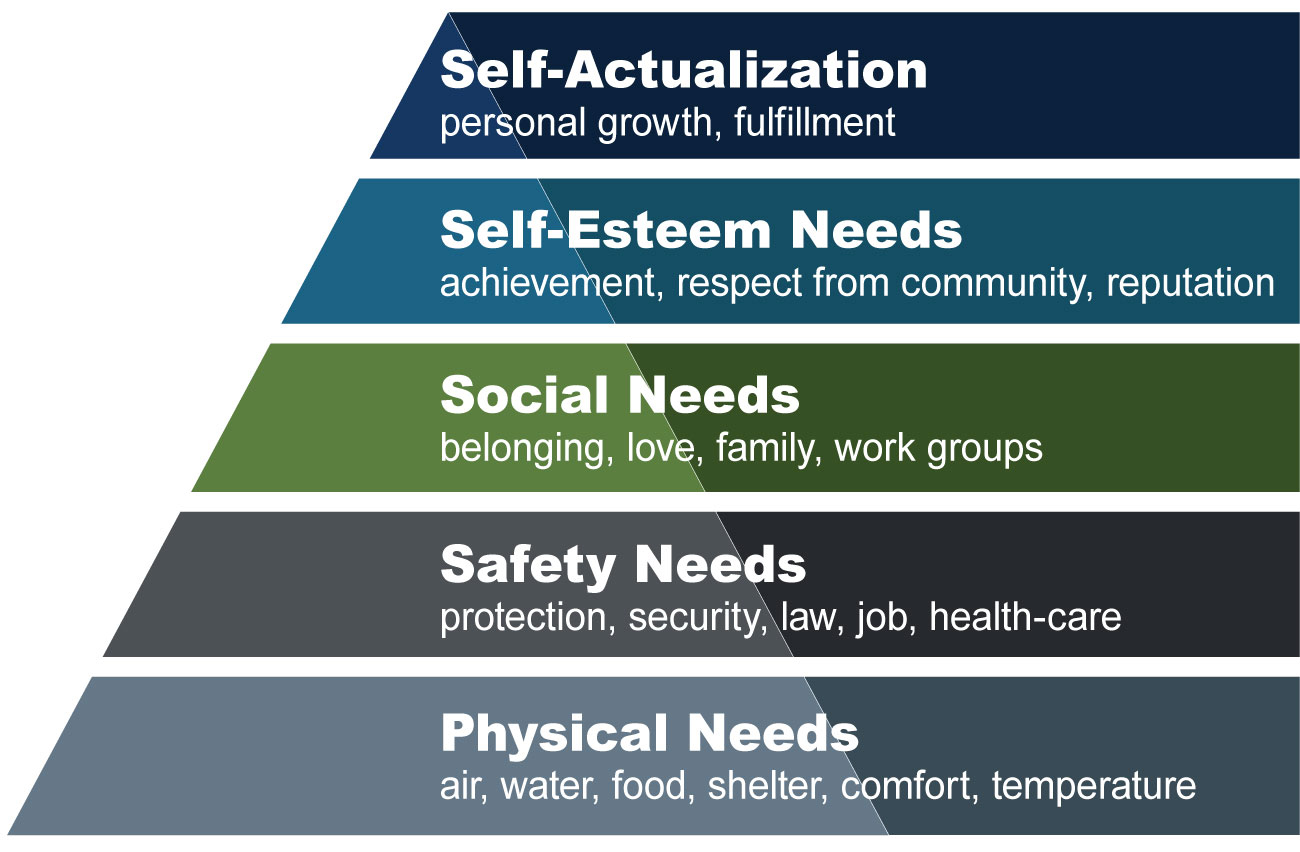
4.2 Black box model of consumer behavior
Also known as the stimulus-response model, consumers make decisions in response to external stimuli.
The external stimuli will be transferred to the black box of consciousness, which processes the information and then returns the results to produce specific buying behaviors.
This is an important model, applied in many fields to analyze the influencing factors decision-making process, and buying behavior of customers.
5. Campaign examples that are successful in capturing consumer behavior
Buying and selling online is an extremely hot market, where e-commerce floors and businesses compete fiercely. Thousands of promotional methods and advertisements are created to attract customers.
In the face of the overflow of old promotions, understanding that consumers always like to receive price incentives, Shopback appeared as a fresh breeze blowing into the Vietnamese market.
Shopback’s target customers are young, tech-savvy customers who love exciting discounts. In addition, Shopback is based on the core principle of refunding after each payment transaction, a new business promotion channel.
Data shows that by 2020, Shopback will have more than 1.2 million users, with females accounting for 86%. In addition, the age group ranges from 28 to 36 years old, accounting for 60%.
By understanding the shopping needs, and the habit of preferring promotions in many different ways, Shopback has been highly successful in a short time.
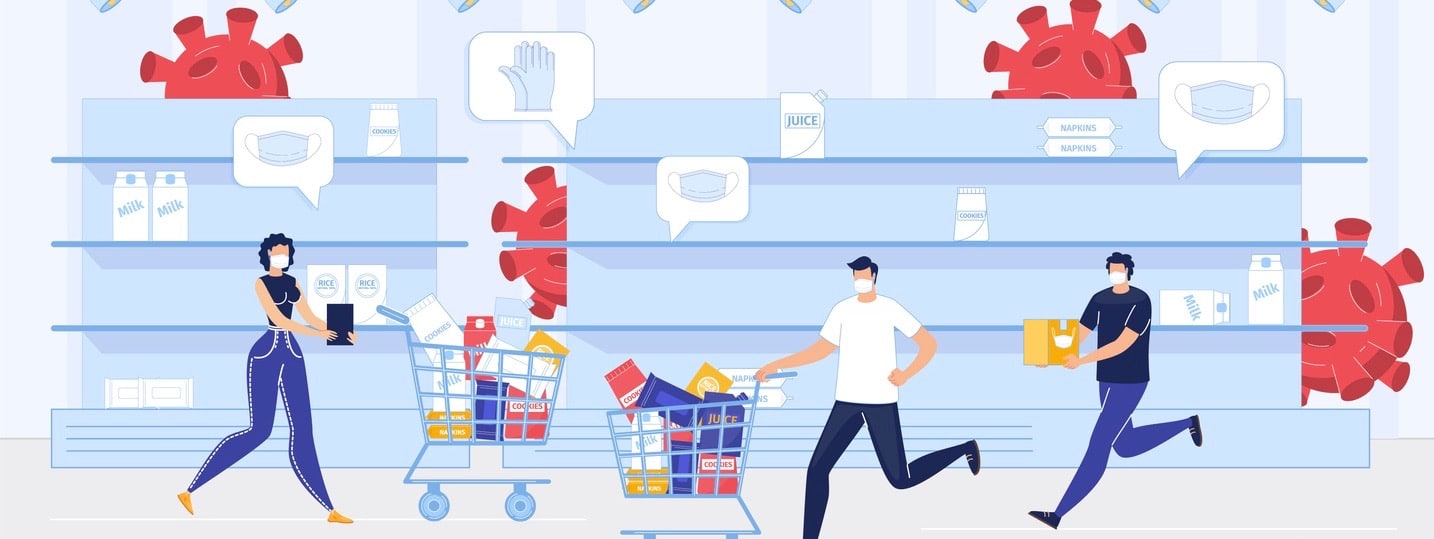
Conclusion
In short, consumer behavior is a vast and highly potential field. Nevertheless, understanding consumer behavior will help businesses make more appropriate decisions.
